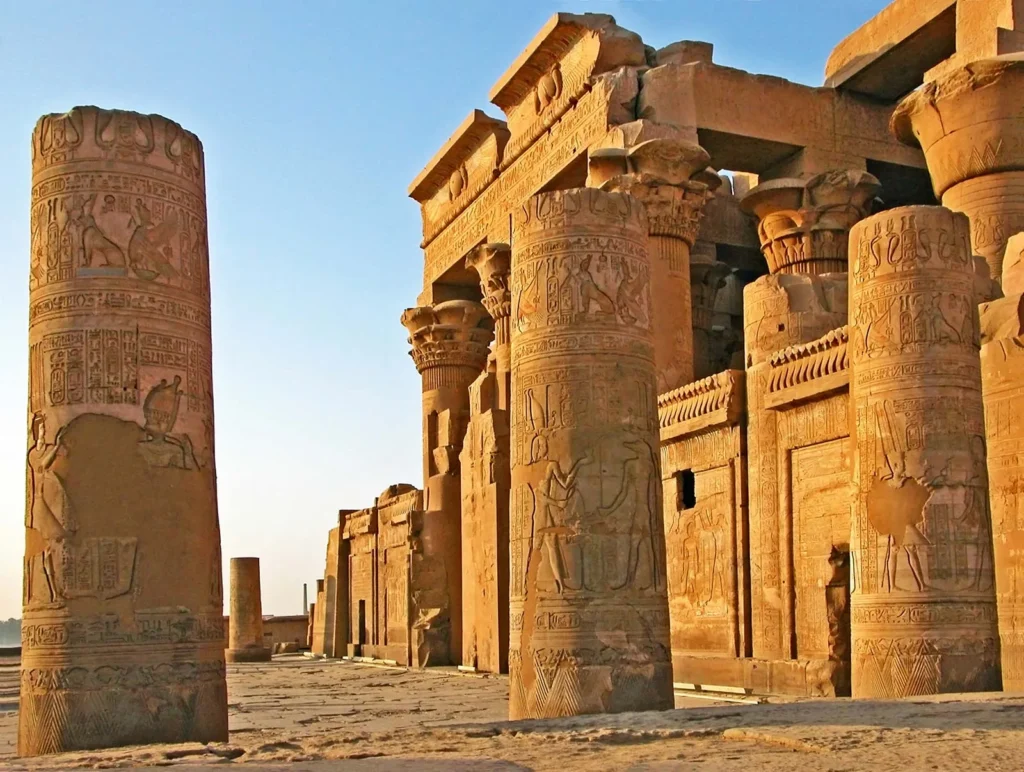Overview of Ancient Architecture: Egyptian, Greek, Roman
Ancient architecture stands as a testament to human creativity, engineering prowess, and cultural expression, spanning centuries and leaving enduring legacies that continue to inspire architects and historians today. This overview explores the architectural achievements of three iconic ancient civilizations: Egyptian, Greek, and Roman.

Ancient Architecture
Egyptian Architecture
Characteristics and Influences: Egyptian architecture is renowned for its monumental stone structures built primarily for religious and funerary purposes. The architecture of ancient Egypt evolved over several millennia, characterized by enduring features such as massive stone construction, symbolic use of hieroglyphic decoration, and precise alignment with astronomical phenomena.
Key Structures:
- Pyramids: The Great Pyramid of Giza, built during the reign of Pharaoh Khufu around 2560 BC, is perhaps the most iconic Egyptian structure. Pyramids served as royal tombs, designed to protect the pharaoh’s body and ensure a prosperous afterlife.
- Temples: Temples like Karnak and Luxor in Thebes (modern-day Luxor) exemplify Egyptian temple architecture. These temples were dedicated to deities such as Amun-Ra and were centers of religious rituals and festivals.
- Obelisks and Colossal Statues: Obelisks, such as the ones at Karnak Temple, served as symbols of power and were often inscribed with hieroglyphs glorifying the pharaoh. Colossal statues, like the Great Sphinx of Giza, embodied divine and royal authority.
Greek Architecture
Characteristics and Influences: Greek architecture emerged around the 8th century BC and was deeply influenced by mathematical proportions, aesthetic harmony, and philosophical ideals. Greek architects aimed to create buildings that expressed order, balance, and human-scale beauty.
Key Structures:
- Temples: The Parthenon, dedicated to the goddess Athena, is a quintessential example of Greek temple architecture. It features Doric columns, a sculpted frieze depicting mythological scenes, and precise mathematical proportions.
- Theaters: Greek theaters, such as the Theater of Epidaurus, were built into hillsides and designed for acoustic perfection. They hosted dramatic performances and civic gatherings, fostering cultural and communal identity.
- Stoas and Agoras: Stoas were covered walkways that lined agora (marketplace) squares, providing shelter and space for social interaction and philosophical discourse.
Roman Architecture
Characteristics and Influences: Roman architecture evolved from Etruscan and Greek influences, emphasizing engineering ingenuity, monumental scale, and civic grandeur. Romans excelled in concrete construction, arches, and domes, allowing for expansive public buildings and infrastructure.
Key Structures:
- Amphitheaters: The Colosseum in Rome, completed in AD 80, remains a marvel of Roman engineering. Amphitheaters hosted gladiatorial contests and public spectacles, showcasing imperial power and civic pride.
- Aqueducts: Roman aqueducts, such as the Pont du Gard in France, transported water across vast distances using gravity. These engineering feats supported urban growth, sanitation, and public health.
- Basilicas and Baths: Basilicas, such as the Basilica of Maxentius and Constantine, served as judicial and administrative centers. Roman baths, like the Baths of Caracalla, were elaborate complexes for socializing, bathing, and leisure.
Legacy and Impact
Ancient Egyptian, Greek, and Roman architecture laid the foundation for Western architectural traditions and influenced subsequent civilizations. Their enduring structures, innovative engineering techniques, and symbolic meanings continue to resonate in contemporary architecture, serving as a source of inspiration for architects, historians, and enthusiasts alike.
Conclusion
The architectural achievements of ancient Egypt, Greece, and Rome reflect the cultural, religious, and technological advancements of their respective civilizations. From the awe-inspiring pyramids of Egypt to the democratic ideals embodied in Greek temples and the monumental grandeur of Roman engineering, ancient architecture continues to captivate and inform our understanding of human history and creativity. These civilizations’ architectural legacies underscore the enduring power of architecture to shape societies, inspire cultural identity, and leave an indelible mark on the built environment.
3.5
